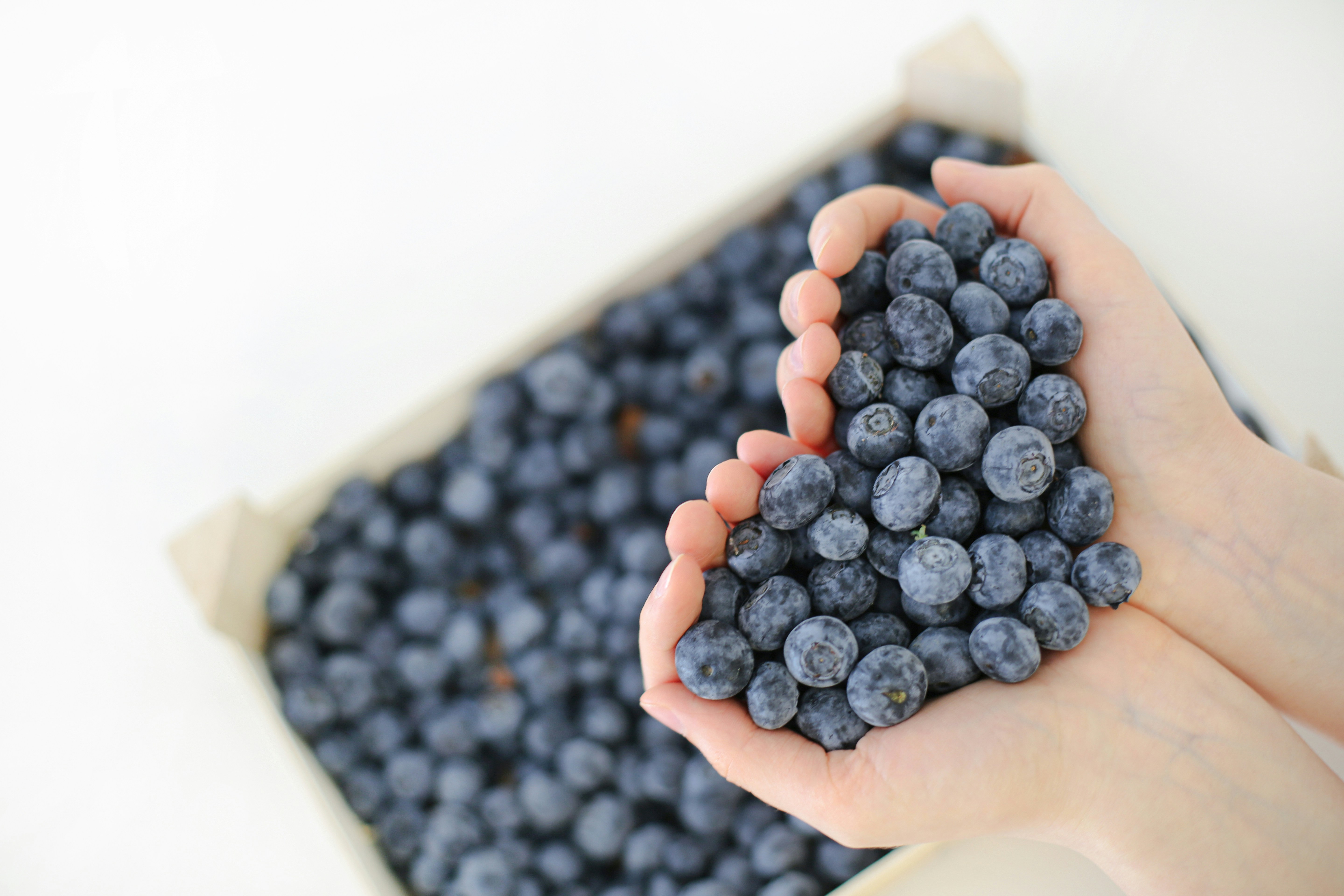Are Food Dyes Safe? Tips for a Healthier, Colorful Diet
In nutrition and food science, using food dyes has sparked debates and concerns among health-conscious consumers. Understanding the potential health risks associated with food dyes is crucial for making informed dietary choices.
Read on as we discuss the details and risks of food dyes and provide practical tips for maintaining a colorful diet without artificial dyes!
What is Food Dye?
Food dye, or food coloring, is a synthetic or natural substance added to food and beverages to enhance their color. It is used to make products visually appealing and appetizing to consumers.
Food dyes come in various forms, including liquids, powders, gels, and pastes, and are widely used in the food industry to transform the appearance of foods.
Where to Find Food Dyes on a Nutrition Label:
Food dyes are usually listed as an ingredient in packaged foods and beverages. They are usually listed by their specific name or as a color followed by a number (e.g., Red 40, Yellow 5, Blue 1). Checking the ingredient list on a nutrition label can help you identify the presence of food dyes in a product and make informed decisions about your food choices.
Why Some Food Dyes Are Banned:
Certain food dyes have been banned or restricted in various countries due to concerns about their safety and potential health risks. These bans are often based on scientific research linking specific food dyes to adverse health effects in some individuals. Regulatory bodies assess the safety of food dyes based on factors such as toxicity, carcinogenicity, and allergenic potential.
Potential Risks of Food Dyes:
- Allergies: Some food dyes have been associated with allergic reactions in susceptible individuals. Common symptoms of food dye allergies include hives, itching, swelling, and digestive issues. People with known food allergies or sensitivities should be cautious when consuming foods with artificial colors.
- Cancer Risk: While the evidence is inconclusive, some studies have raised concerns about the carcinogenic potential of certain food dyes. Anyone with a history of cancer or those at high risk need to limit their exposure to artificial colors and opt for natural alternatives.
How to Have a Colorful Diet Without Artificial Dyes
- Shop Smart: Choose vibrant fruits, veggies, and herbs for both flavor and visual appeal with no artificial dyes needed.
- Read Labels: Look for packaged foods with minimal or no artificial food dyes, or try foods with natural coloring alternatives, such as beet juice or turmeric.
- DIY Food Coloring: Get creative in the kitchen by making your own natural food dyes. Experiment with ingredients like berries, carrots, and spices to create fun colors for frosting, batter, and more!
- Swap Out Processed Treats: Instead of reaching for artificially colored snacks and beverages, consider making your own homemade versions!
- Stay Informed: Stay updated on the latest research and news regarding food dyes and their potential effects on health. Educate yourself on the different types of dyes, their sources, and the associated risks to make informed choices.
- Get Personalized Guidance: Consult with a registered dietitian for personalized guidance on avoiding food dyes in your diet. They can provide tailored recommendations based on your health goals and dietary preferences.
- Plan Colorful Meals: When meal planning, include a variety of colorful ingredients to keep your meals visually appealing and nutrient-rich!
In the world of food and health, it's important to know about the risks of food dyes. We should learn how these colorful additives can affect our well-being and discover simple ways to enjoy colorful foods without artificial dyes.
If you’re interested in finding more ways to make healthier choices in your own or your family’s diet, talk with a Loop registered dietitian for expert help making informed nutritional choices so you can continue to nourish your body and feel your best!










